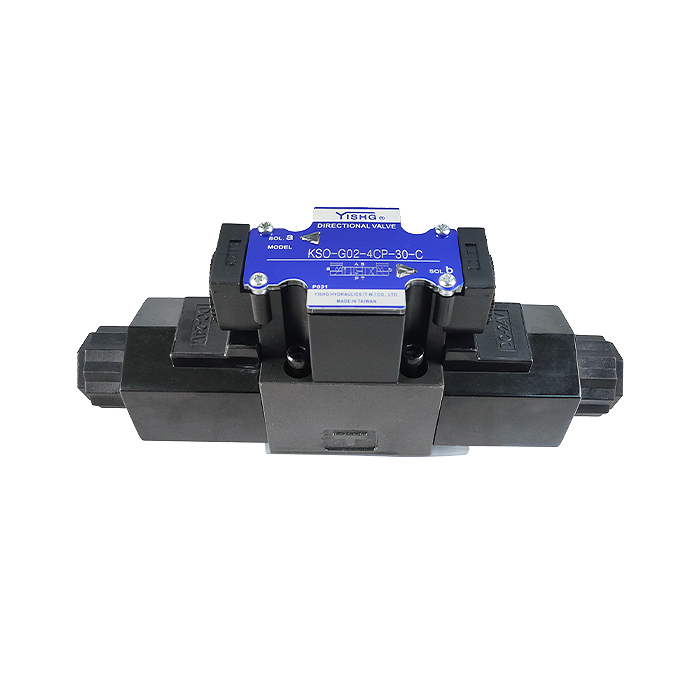Common faults and solutions of solenoid valves
1. There is a problem with the plug/socket:
If the solenoid valve has a plug/socket, there may be problems with the metal reed of the socket (I have encountered it), problems with the wiring on the plug (such as connecting the power line to the grounding line) and other reasons that cannot be connected. Power is sent to the coil.
There should be a good habit for this. After the plug is inserted into the socket, screw on the fixing screw, and on the coil, screw on the fixing nut behind the spool rod. If the plug of the solenoid valve coil is equipped with a light-emitting diode power indicator, it must be connected when the solenoid valve is driven by DC power, otherwise the indicator light will not light. In addition, do not exchange the power plugs with light-emitting diode power indications of different voltage levels, which will cause the light-emitting diodes to be burned/short-circuited in the power supply (replace with a low-voltage plug) or the light-emitting diodes are weak (replace with High-voltage level plug) If there is no power indicator light, the solenoid valve coil does not need to distinguish the polarity (unlike the transistor time relay whose coil voltage is DC and the coil voltage with a diode/resistor leakage circuit connected in parallel to the coil voltage is DC). Relays (most of these intermediate relays are original small Japanese ones), need to distinguish polarity).
Solution: The solution to such problems is to correct wiring errors, repair or replace plugs and sockets.

2. Air leakage problem:
Air leakage will cause insufficient air pressure, making it difficult to open and close the forced valve. The reason is that the sealing gasket is damaged or the slide valve is worn, resulting in gas blowing in several cavities.
Solution: When dealing with the solenoid valve failure of the switching system, you should choose the right time to deal with it when the solenoid valve is de-energized. If you can't handle it within a switching gap, you can suspend the switching system and deal with it calmly.

3. Solenoid valve stuck problem:
The cooperation gap between the slide valve sleeve and the valve core of the solenoid valve is very small (less than 0.008mm), and it is usually assembled in a single piece. When mechanical impurities are brought in or there is too little lubricating oil, it is easy to get stuck.
Solution: The treatment method is to poke the person through the small hole in the head with a steel wire to make it bounce back. The fundamental solution is to remove the solenoid valve, take out the valve core and valve core sleeve, and clean it with CCI4 to make the valve core move flexibly in the valve sleeve. When disassembling, pay attention to the assembly sequence of the components and the position of the external wiring, so that the reassembly and wiring are correct, and check whether the oil spray hole of the lubricator is blocked and whether the lubricating oil is sufficient.
4. Coil short circuit or open circuit:
Detection method: first measure its on-off with a multimeter, and the resistance value tends to zero or infinity, which means that the coil is short-circuited or open-circuited. If the measured resistance value is normal (about tens of ohms), it does not mean that the coil must be good. ), please perform the following final test: find a small screwdriver and put it near the metal rod that goes through the solenoid valve coil, and then power the solenoid valve, if it feels magnetic, then the solenoid valve coil is good, otherwise it is bad.
Solution: Replace the solenoid valve coil.
